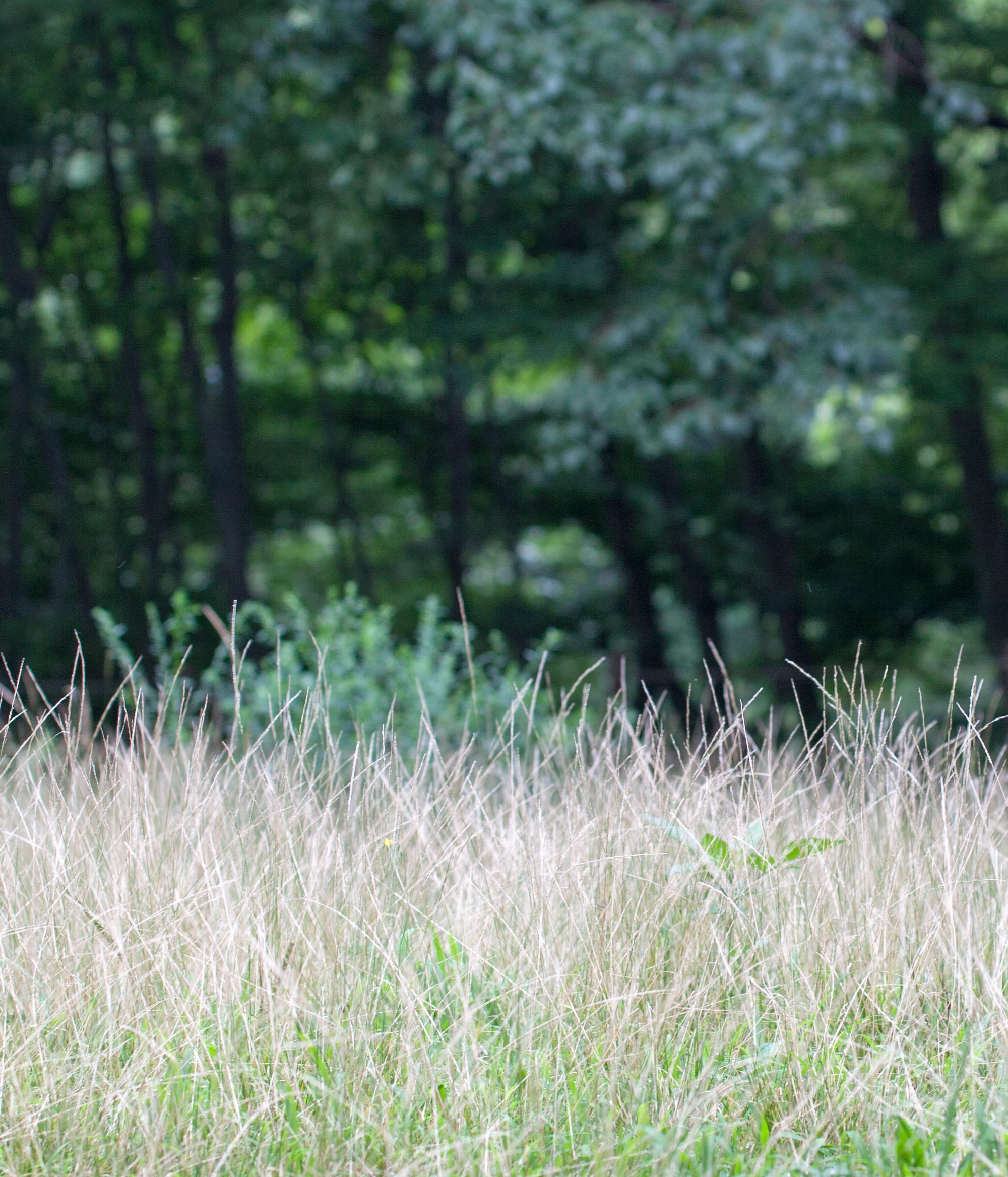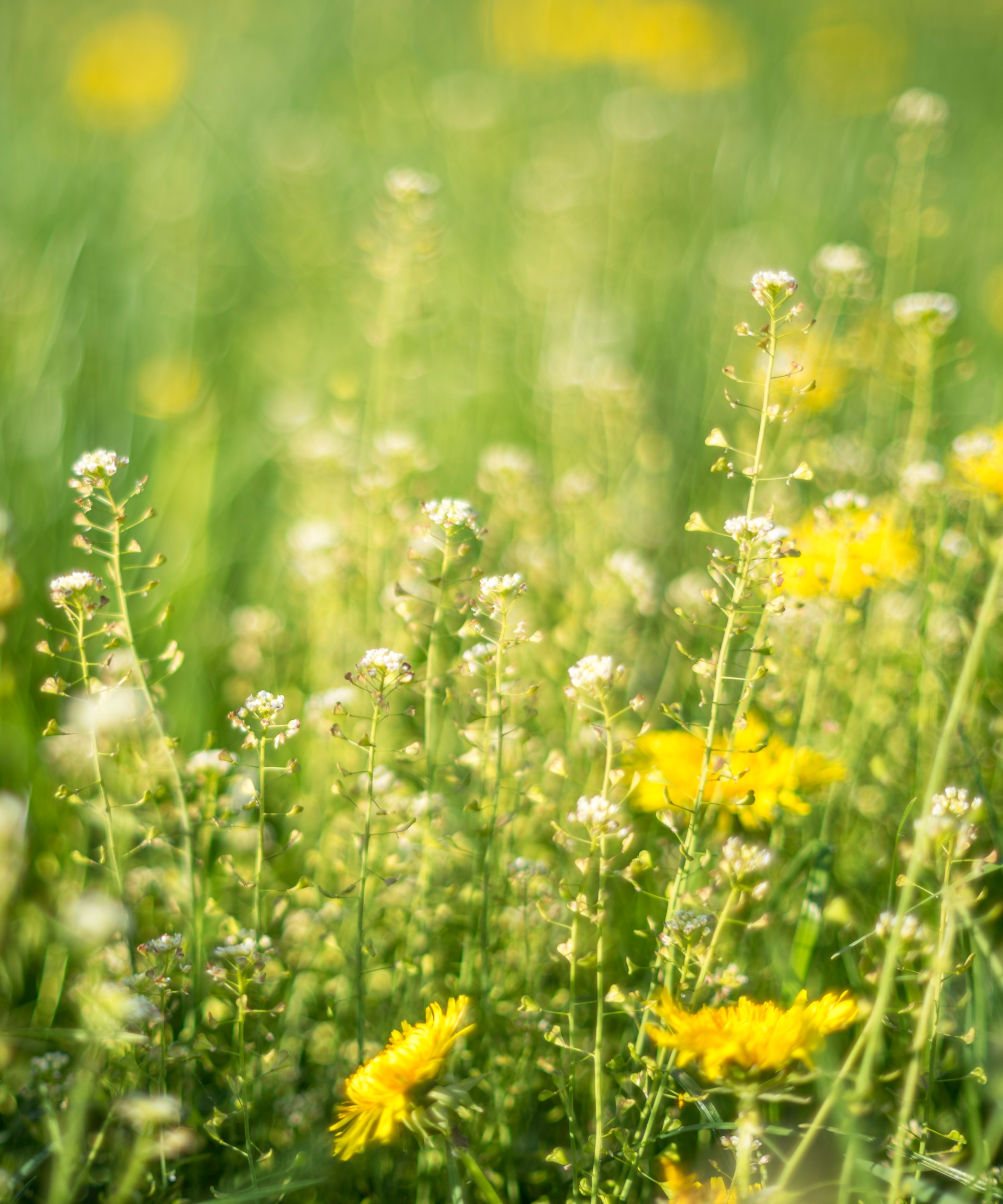Using cardboard for weed control – the simple, effective way to manage your garden
Here's how to break down weeds and provide necessary nutrients to the soil – the seamless way


Using cardboard for weed control is an accessible yet effective way to regain power over your garden – but what does the process involve? While this humble material may not appear powerful initially, it is among the most impactful ways to tackle the pesky greenery in your yard and flower beds.
If you're looking for how to get rid of weeds without chemicals, cardboard could be your desired solution. Though, like many weed-control methods, experts do urge caution. Therefore, before bringing cardboard into your garden ideas, it's important to learn the best technique from those in the know. Here's what they suggest – for a nutrient-rich, weed-free garden, without the cost.
Can you use cardboard to prevent weeds?
'When planning new garden beds, cardboard is key to weed control,' says John D.Thomas, the owner of Backyard Garden Geek. Whether your raised garden bed ideas require a new form of weed control or you're battling weeds on your lawn, the cardboard will come in handy.

'It is thick enough to smother weeds, but unlike landscape fabric, it'll rot over time,' John says. 'This means that your plants will be able to eventually pull nutrients from your native soil while beneficial bugs such as earthworms will be able to make their way into your garden beds.'
Using cardboard for weed control – what the process involves
The method is surprisingly simple. Fill a large box with cardboard before placing the box on top of the weed you want to control and weighing it down with rocks or bricks. 'Ensure that all sides of the cardboard are covered and that it does not come into direct contact with soil,' says Melody Estes, a landscape design gardening supervisor and consultant at The Project Girl.

However, while the process is easy, the expert urges caution. 'When using this technique, be sure to place the cardboard carefully so as not to disturb any other plants in your garden,' she says.
It is also most effective when used during the early stages of growth for weeds like foxtails (also good news if you're wondering how to get rid of crabgrass).
How long does cardboard take to decompose in garden?
Cardboard can take up to a year to decompose fully, but it does depend on the type you have used. 'The polyethylene used in most corrugated cardboard is very resistant to decomposition, but a board made from recycled paper tends to break down more quickly,' Melody explains.
The cardboard will break down in the soil, which is another benefit of this technique. Sarah Beaumont, CEO and Content Director of Indoor Home Garden, explains that, alongside tackling weeds, the broken-down weeds will provide necessary nutrients to the soil, making it 'the perfect ground for fresh plants of your choosing.'
Will roots grow through cardboard?
Yes, roots can grow through cardboard, but only in certain conditions.
'Firstly, the cardboard must be moist enough to allow the roots to penetrate it. Second, the cardboard should be placed in a place where there is no light or air circulation,' Melody says. This should prevent the plant from drying out before it has a chance to take root and begin growing.
Lastly, after a plant has started growing through the cardboard, it helps to guide it to more water and light using some type of support structure. This will ensure it doesn't get too intertwined with other plants while lowering the risk of pests.

Does wet cardboard rot?
Yes, wet cardboard will rot. This is because it is a type of paper product that will break down when exposed to water.
'The water causes the cellulose fibers to swell and separate from each other, making them more vulnerable to bacteria and mold growth,' Melody explains. 'The increased moisture content in the cardboard also aids in these processes by providing a hospitable environment for microbes that cause decomposition.'
Sign up to the Homes & Gardens newsletter
Design expertise in your inbox – from inspiring decorating ideas and beautiful celebrity homes to practical gardening advice and shopping round-ups.

Megan is the Head of Celebrity Style News at Homes & Gardens, where she leads the celebrity/ news team. She has a history in interior design, travel, and news journalism, having lived and worked in New York, Paris, and, currently, London. Megan has bylines in Livingetc, The Telegraph, and IRK Magazine, and has interviewed the likes of Drew Barrymore, Ayesha Curry, Michelle Keegan, and Tan France, among others. She lives in a London apartment with her antique typewriter and an eclectic espresso cup collection, and dreams of a Kelly Wearstler-designed home.
-
 5 surprising but brilliant ways to clean with old socks – from perfectly buffing stainless steel to deterring pests naturally and more
5 surprising but brilliant ways to clean with old socks – from perfectly buffing stainless steel to deterring pests naturally and moreTackle dust in tricky corners, clean your mirrors and even banish bad odors with those rogue single socks
By Andy van Terheyden Published
-
 How to grow astilbe – expert advice on cultivating this shade-tolerant flowering perennial
How to grow astilbe – expert advice on cultivating this shade-tolerant flowering perennialShade-tolerant and pest-resistant - astilbe are hardy and tough perennials that can thrive in many settings
By Ellen Wells Published